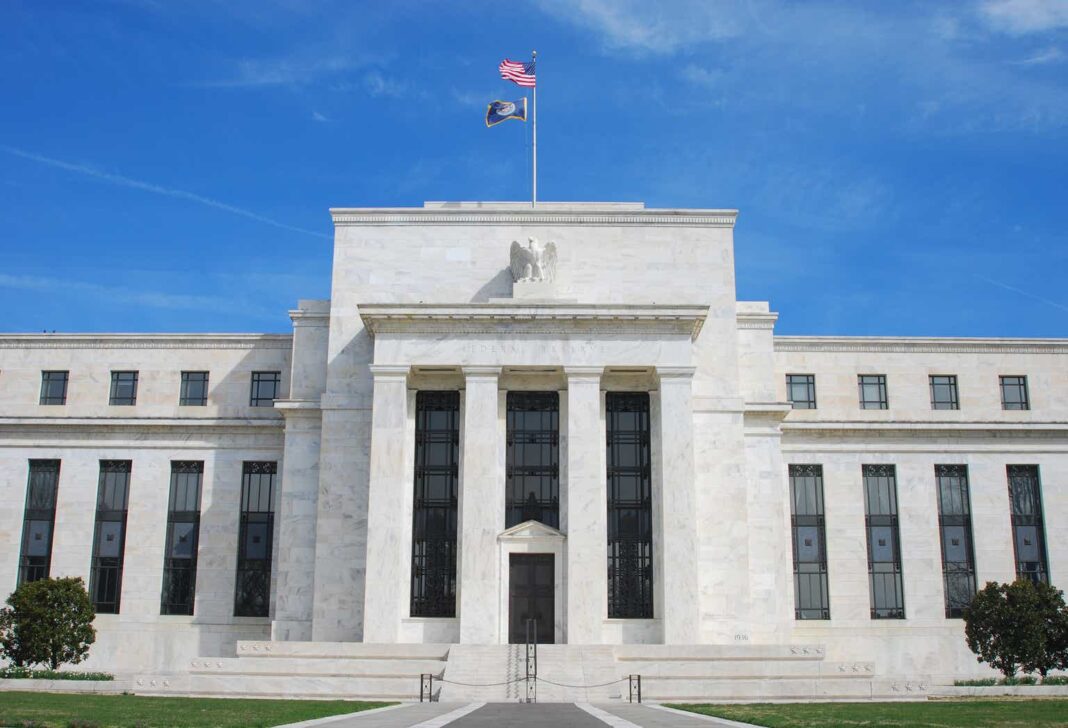The Federal Reserve Dilemma
Introduction
The Federal Reserve, often referred to as the Fed, is the central bank of the United States. It plays a crucial role in managing the country’s monetary policy, regulating banks, and ensuring the stability of the financial system. However, the Fed faces a constant dilemma in balancing its dual mandate of promoting maximum employment and maintaining stable prices.
Unemployment vs. Inflation
One of the key challenges faced by the Federal Reserve is the trade-off between unemployment and inflation. When the Fed lowers interest rates to stimulate economic growth and increase employment, it can also lead to inflationary pressures. Conversely, when the Fed raises interest rates to curb inflation, it may result in higher unemployment levels.
Recent Economic Conditions
In recent years, the U.S. economy has experienced low unemployment rates and moderate inflation. This has put the Federal Reserve in a difficult position, as it must carefully navigate between supporting the labor market and preventing runaway inflation.
Quantitative Easing
During the 2008 financial crisis, the Federal Reserve implemented unconventional monetary policies such as quantitative easing to stimulate the economy. While these measures were successful in preventing a deeper recession, they also led to concerns about inflation and asset bubbles.
Forward Guidance
Another tool used by the Federal Reserve is forward guidance, where policymakers communicate their future intentions regarding interest rates. This can help shape market expectations and influence borrowing and spending decisions.
The Impact on the Economy
The Federal Reserve’s decisions have far-reaching implications for the U.S. economy. By influencing interest rates and credit conditions, the Fed can affect consumer spending, business investment, and housing markets. The central bank also plays a critical role in maintaining financial stability and preventing crises.
Financial Markets
The Federal Reserve’s actions are closely watched by investors and traders, as they can impact stock prices, bond yields, and exchange rates. Changes in interest rates can also affect borrowing costs for businesses and consumers, influencing investment and spending decisions.
Economic Growth
Monetary policy decisions made by the Federal Reserve can have a significant impact on economic growth. By adjusting interest rates, the Fed can stimulate or slow down the economy, depending on prevailing economic conditions.
Inflation Management
One of the primary objectives of the Federal Reserve is to maintain stable prices and prevent runaway inflation. By carefully monitoring economic indicators and adjusting monetary policy accordingly, the Fed aims to keep inflation under control.
Unemployment Reduction
The Federal Reserve also strives to promote maximum employment and reduce unemployment levels. By implementing policies that support job creation and economic growth, the Fed plays a critical role in addressing labor market challenges.
Conclusion
The Federal Reserve faces a challenging dilemma in balancing its dual mandate of promoting maximum employment and maintaining stable prices. As the central bank of the United States, the Fed plays a crucial role in managing monetary policy and regulating the financial system. By carefully weighing the trade-offs between unemployment and inflation, the Fed aims to support economic growth while ensuring price stability.
Frequently Asked Questions
What is the Federal Reserve?
The Federal Reserve is the central bank of the United States, responsible for managing the country’s monetary policy and regulating the financial system.
What is the dual mandate of the Federal Reserve?
The Federal Reserve’s dual mandate is to promote maximum employment and maintain stable prices. This involves balancing the trade-offs between unemployment and inflation.
How does the Federal Reserve influence the economy?
The Federal Reserve influences the economy by adjusting interest rates, managing credit conditions, and implementing monetary policies to support economic growth and stability.
What are some of the tools used by the Federal Reserve?
The Federal Reserve uses tools such as interest rate adjustments, quantitative easing, and forward guidance to influence borrowing costs, investment decisions, and overall economic activity.




